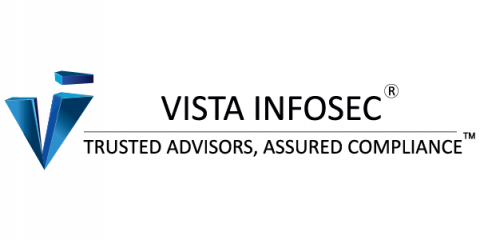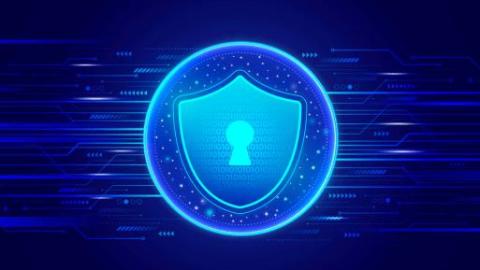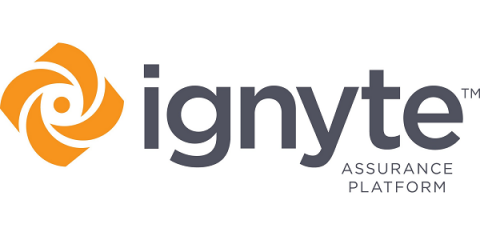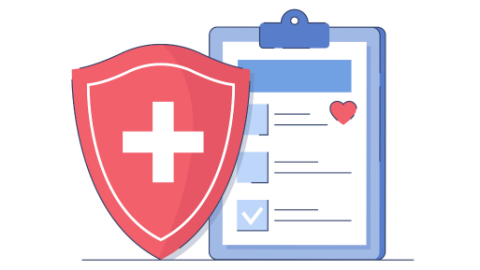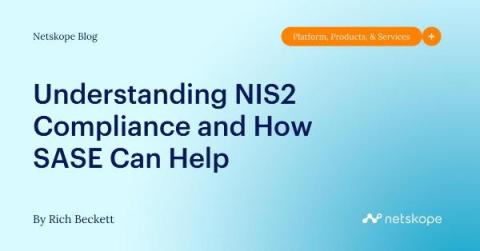Remote Work Business Continuity: Best Practices
Incorporating remote work among companies has been one of the developments in recent years. In fact, a staggering 98% of employees express their desire to have this kind of dynamic in their jobs. The shift is here to stay as more and more organizations are adopting it as part of their work culture because of its many advantages. This integration is essential as employers move forward with their business continuity plans.


